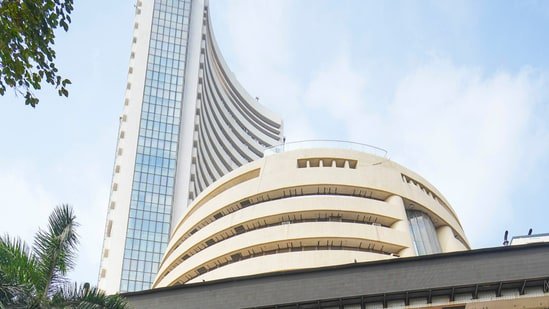
The combined market cap of stocks listed on the Bombay Stock Exchange (BSE) touched ₹400 lakh crore for the first time on Monday. What is one to make of this development? Three key takeaways can be listed.

BSE crossing the ₹400 lakh crore market-cap milestone is yet another addition to the rise and rise of Indian equity markets. This is primarily a result of two factors. India continues to be the fastest growing major economy in the world and with the incumbent BJP entering the 2024 contest as a strong favourite, political uncertainty is hardly a problem. These two factors have positioned India very well to reap the dividends of a growing China-plus-one sentiment in the global economy. This is music to the ears of institutional investors, both domestic and international, who see the Indian economy as one of the best long-term bets in the global markets.
Political certainty and high growth, however, are not the only tailwinds for India’s equity markets at the moment. There is good reason to believe that the ongoing equity market bull run is also symptomatic of the ongoing churn within the economy. There is more than enough evidence to show that bigger firms and households have done better than their smaller counterparts in the post-pandemic phase. This is likely to have created higher profits for bigger firms and higher savings for well-off retail investors, triggering a virtuous cycle in the equity markets.
To be sure, things could have become difficult if the unequal or K-shaped growth in the post-pandemic phase had created political anger forcing the government to loosen its fiscal purse strings. However, the interim budget presented by the Narendra Modi government in February shows that the government is not worried about any such political backlash. The current government’s ability to mute inequality-related policy tensions is, for all practical purposes, unique in post-reform India.
Is the ongoing bull run in equity markets an unambiguous good for the Indian economy? Stock markets, more than anything, are seen as a bellwether of economic sentiment. However, in an economy, where economic fortunes are sharply divided along class lines, even the sections which are not experiencing an improvement in economic sentiment may also make spending, investment and borrowing decisions based on misplaced exuberance. This is exactly what RBI has been trying to flag in the recent past.
Continue reading with HT Premium Subscription
Daily E Paper I Premium Articles I Brunch E Magazine I Daily Infographics








